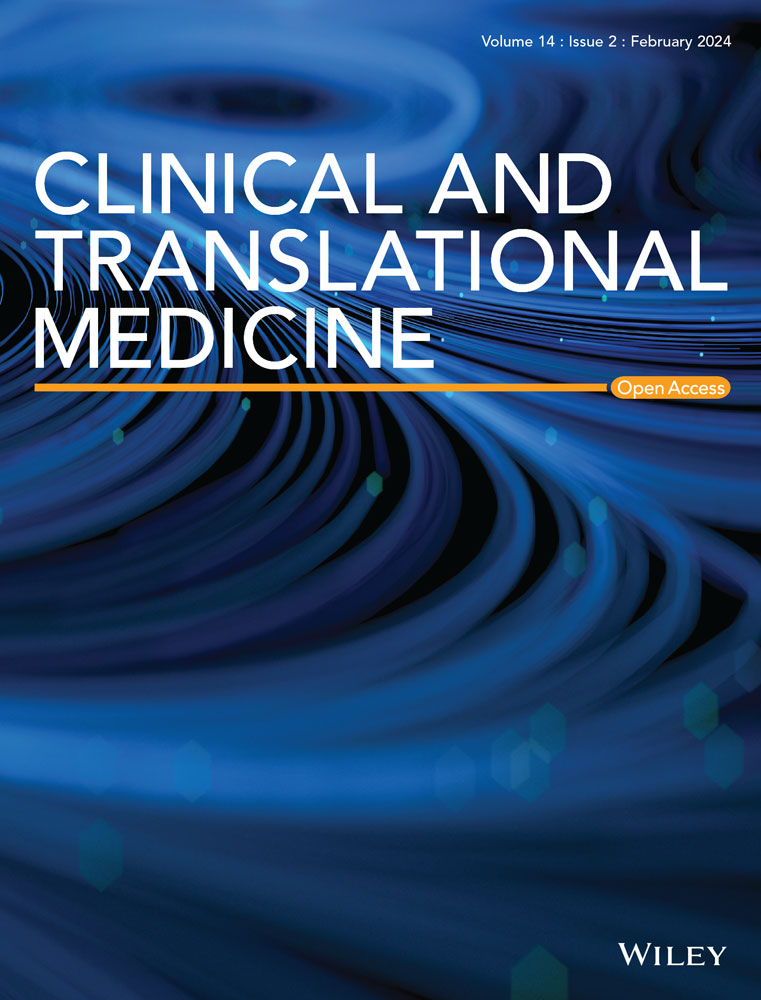Spatially resolved metabolomics: From metabolite mapping to function visualising
Abstract
Mass spectrometry imaging (MSI)-based spatially resolved metabolomics addresses the limitations inherent in traditional liquid chromatography-tandem mass spectrometry (LC–MS)-based metabolomics, particularly the loss of spatial context within heterogeneous tissues. MSI not only enhances our understanding of disease aetiology but also aids in the identification of biomarkers and the assessment of drug toxicity and therapeutic efficacy by converting invisible metabolites and biological networks into visually rendered image data. In this comprehensive review, we illuminate the key advancements in MSI-driven spatially resolved metabolomics over the past few years. We first outline recent innovations in preprocessing methodologies and MSI instrumentation that improve the sensitivity and comprehensiveness of metabolite detection. We then delve into the progress made in functional visualization techniques, which enhance the precision of metabolite identification and annotation. Ultimately, we discuss the significant potential applications of spatially resolved metabolomics technology in translational medicine and drug development, offering new perspectives for future research and clinical translation.
Highlights
- MSI-driven spatial metabolomics preserves metabolite spatial information, enhancing disease analysis and biomarker discovery.
- Advances in MSI technology improve detection sensitivity and accuracy, expanding bioanalytical applications.
- Enhanced visualization techniques refine metabolite identification and spatial distribution analysis.
- Integration of MSI with AI promises to advance precision medicine and accelerate drug development.


 求助内容:
求助内容: 应助结果提醒方式:
应助结果提醒方式:


